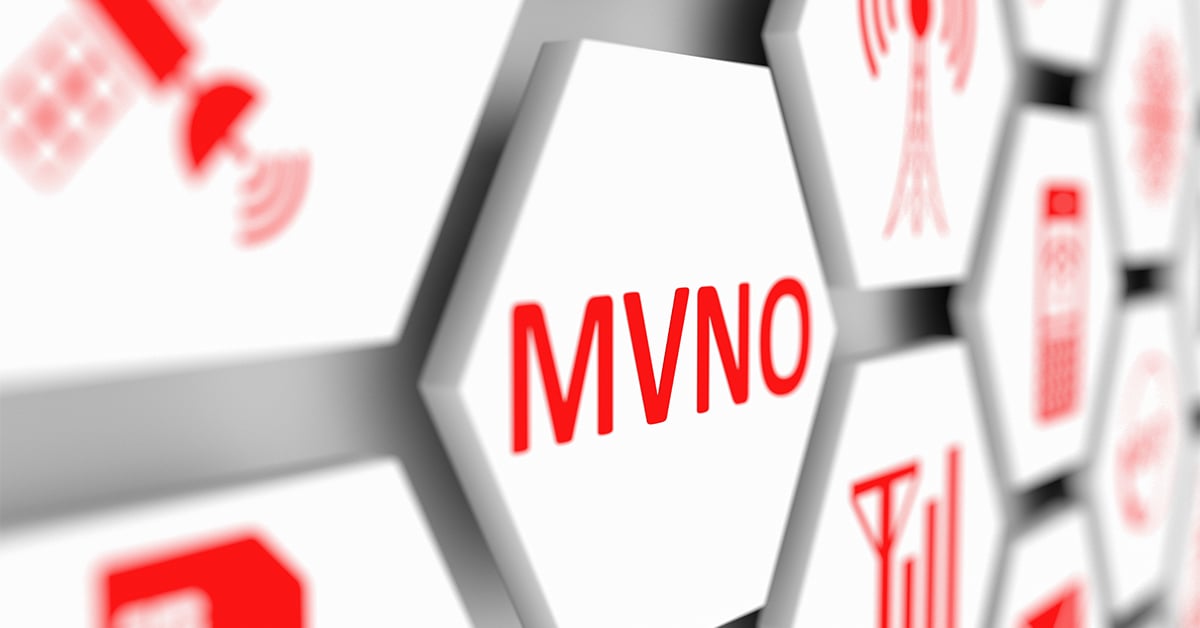How To Switch Phone Carriers: Changing Your Mobile Provider

You have a phone carrier and data plan, but you aren’t happy. Maybe your current plan is too expensive or too restrictive in terms of your data allowance, your call quality, or something else entirely.
In these cases and more, you need to know how to switch phone carriers to get the service you deserve.
Switching phone carriers or changing your mobile provider is pretty straightforward. Let’s break down how to switch phone carriers, so you know exactly what to do and how to keep your old phone number.
Do Your Research on the Best Cell Phone Plans
Your first major step should be doing some research into current cell service providers. After all, the last thing you want to do is quit your current provider only to sign up for another less-than-stellar deal with high prices, poor data allowances, and other issues.
Furthermore, you should see what phone plan deals are currently being offered by the major carriers: AT&T, Verizon, and T-Mobile/Sprint.
You’ll also look at other cell phone providers like Mint Mobile, Xfinity, US Cellular, and us at Red Pocket.
Don’t discount smaller wireless providers. In some cases, these smaller providers have better deals and better prices for new customers than their larger, more corporate counterparts.
What To Look for in a Phone Service Provider
There's a lot to consider when selecting a phone service provider. For starters, you want to ensure that your new phone carrier will serve your geographic area successfully, whether you choose a prepaid or month-to-month plan.
For instance, the service from T-Mobile in New York is excellent, but not so much in rural Iowa. In the latter case, you'll be better off going with Verizon, given its coverage and reputation for similar areas.
On top of cellular coverage, look for a phone service provider that offers excellent prices for its plans. For instance, if you need to secure phone service for you and your family, a phone service provider with a reliable family plan will be right up your alley.
Remember toconsider data allowances, too. Some cell carriers are very strict with their data allowances, offering only a handful of gigabytes for you to surf the web while you aren't connected to Wi-Fi. If you like to surf the web frequently, or if you use your phone for business while not connected to Wi-Fi, you'll want a cell carrier with a plan that includes unlimited data.
Then there are early termination fees, which penalize you for going to a new provider. One day, your new carrier could be your old carrier, so make sure you won’t have to pay them extra money when you switch to a new cell phone plan.
The Bottom Line: Look at everything a phone service provider has to offer before deciding who to switch to from your current carrier.
Collect Your Account Information
The next major step in transitioning to a new network is to collect all of your phone info. With this information, you are ready to jump ship and swap to your new mobile provider at the earliest opportunity. Specifically, you'll need to gather:
- Your full name and address
- Your password or PIN for your cell provider plan
- The account number on your current mobile provider bill
- Your phone’s ESN or IMEI number. You can find these numbers on the back of your phone or underneath the battery.
It may also be wise to back up all the data on your old phone, such as files, photos, and more. Put all of that stuff on the cloud so you can easily transfer it back to your phone once you swap phone carriers or once you purchase a new mobile device.
Just remember that voicemails usually don’t transfer over when you change mobile providers!
If you have favorite Apple or Android apps, write them down so you can download them after switching cell phone carriers, especially if your new mobile phone has features to assist with the porting process.
Contact a New Service Provider
Now, it’s time to contact the new service provider you previously researched.
Note that you can contact your new service provider in person or make a phone call. It’s usually best to do so in person if possible, as the people you talk to will be able to provide you with hands-on advice or step-by-step guidance to complete the process.
Don’t Cancel Your Current Contract!
Whatever you do, remember not to cancel your current contract until after you’ve contacted your new service provider and they’ve confirmed that you have phone service. Otherwise, you could find yourself unable to talk, text, or surf the web on your mobile device until your new phone plan is fully ready.
As far as cancellation goes, you don’t have to call your previous carrier to inform them about your service change. However, it’s still a good idea to notify them. That way, you can ensure you don’t continue receiving bills from your previous phone carrier after switching to a new service.
Ask To Keep Your Current Phone Number and Do a Number Transfer
When you switch to a new mobile provider, odds are you’ll want to keep your old phone number for convenience’s sake. If you have the same phone number, you don’t have to change all of your contacts or inform everybody about the switch.
Fortunately, the Federal Communications Commission (FCC) prevents your current cellular company from not letting you keep your current phone number.
That said, your new phone carrier does not have to accept your old number. For instance, if someone already has an active phone number identical to yours under their service area, you may be required to change it anyway.
Still, if you want to keep your old phone number, ask the customer service representative you spoke to about keeping your number. They will be able to check to see if your number is currently in use in their system.
You should be allowed to keep it without much trouble if your old number isn’t being used by someone else. For family plans, the primary account holder needs to approve the new phone line with the old number for the decision to finalize.
How Long Before Your Phone Number Switches to Your New Wireless Carrier?
Luckily, it doesn’t take very long for your new phone number to transfer to your new cell carrier.
The new carrier just has to contact your old phone carrier to request the phone transfer. Once this step is done, it takes up to one business day for your cell number to fully port to your new unlimited plan.
Just wait a few hours and have someone try calling you on your old number to see when your old phone number is back in business.
Decide What To Do With Your Old Phone
Lastly, you'll have to decide what to do with your old phone now that you've switched cell carriers. In many cases, this is an ideal time to upgrade to a new smartphone. That way, you can change and upgrade everything at the same time without having to stagger meetings with phone companies.
Your old phone might also be valuable as a trade-in credit item.
For example, if you have an excellent iPhone 13 that is still in good condition, odds are you can put it toward a new iPhone 14 or a related phone, depending on the carrier you choose.
Remember that your old phone may still have important files or other data you want to keep. If you didn't previously back up your data, do it now so you can transfer it to a new phone without much trouble.
Once you purchase a new phone, you can recycle it to keep the whole process eco-friendly. Alternatively, you can sell your old phone or give it to someone in your family who needs a new but secondhand mobile device.
Get a New Phone Plan With Red Pocket
Switching your phone carrier is quick and simple, especially if you already know the kind of plan you want.
If you're unsure what phone plan will be right for you, check out Red Pocket's plans. Our plans are available for both nationwide talking and texting or for data only, depending on your needs.
Our plans are affordable and are designed for families and budget-minded consumers. They’re ideal for anyone tired of subpar phone plans with expensive contracts. If that sounds like you, check out our phone plans today!
Sources:
Electronic Serial Number. What is ESN? | IMEI.info
Porting: Keeping Your Phone Number When You Change Providers | Federal Communications Commission
What Is Internet Data & How Much Do I Need? | Forbes Advisor UK

